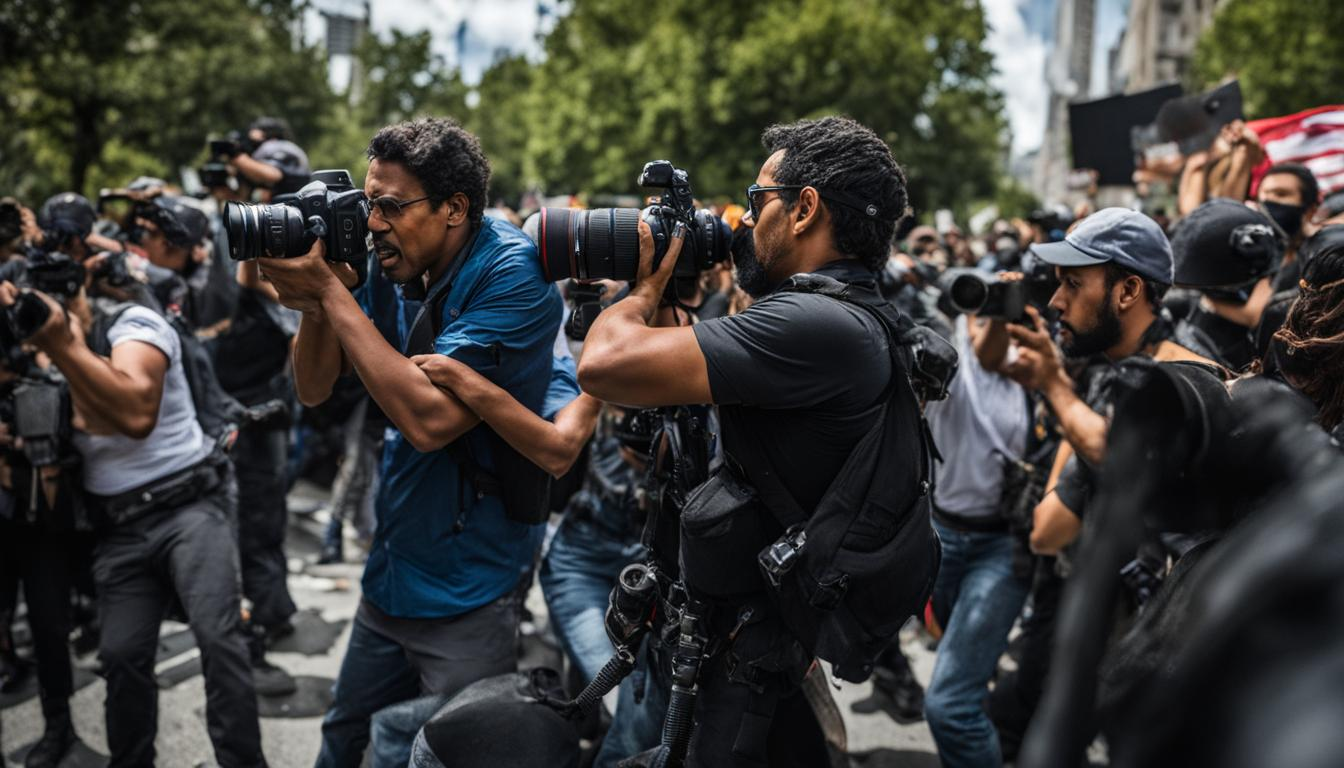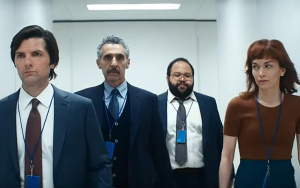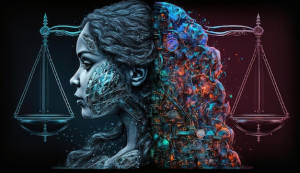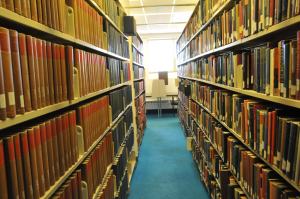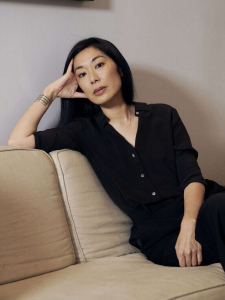Photojournalism stands at a pivotal crossroads, where the emergence of artificial intelligence introduces both challenges and opportunities for the genre. Through innovative solutions, catalysts like Kira Pollack aim to harness AI in photojournalism to safeguard invaluable visual archives, ensuring that the stories captured in photographs remain preserved for future generations. Yet, as technology rapidly evolves, concerns about the erosion of authenticity loom large, with fabricated images challenging our perception of reality. Pollack’s work highlights the imperative to navigate these challenges in photography responsibly, focusing on both the preservation of historical records and reinforcing trust in visual storytelling. As we explore the impact of AI on photography, it is essential to balance innovation with the timeless values of truth and memory.
Visual storytelling, often referred to as photojournalism, is facing profound transformations in the digital age. With advancements in technology, particularly artificial intelligence, the visual documentation of our world is being reshaped in unexpected ways. Pioneers like Kira Pollack are foregrounding the necessity of preserving photo archives and navigating the complexities of AI’s role within this landscape. The conversation extends beyond traditional photography, as professionals grapple with the evolving narrative of authenticity amidst the rise of synthetic imagery. As we delve deeper into the challenges and potentials of this craft, a collective effort is vital to ensure that the essence of storytelling through images remains intact.
The Role of AI in Photojournalism Preservation
Artificial intelligence has emerged as a dual-edged sword for the field of photojournalism. While it introduces challenges such as copyright infringement and the proliferation of synthetic images that can compromise authenticity, it also presents a unique opportunity to preserve invaluable photo archives. Kira Pollack, an esteemed figure in visual storytelling, is at the forefront of this conversation, emphasizing how AI can be harnessed to safeguard the historical visual records created by photojournalists. By applying AI technologies, we can help protect the integrity of these archives, turning what many perceive as a threat into a powerful ally in ensuring that the stories of our time are not lost.
The preservation of photo archives is critical not only for maintaining the historical record but also for educating future generations about past events. Pollack’s research delves into utilizing AI for better cataloging, organizing, and contextualizing these photographic collections. With the onset of advanced AI tools, photojournalists may find enhanced methods to make their works discoverable and accessible, thus reinforcing the narrative captured within those images. This proactive approach towards utilizing AI in preserving photo archives could redefine how we view and appreciate photojournalism—transforming it into a more robust and well-documented medium.
Challenges in Contemporary Photography and AI
The photography industry today grapples with significant challenges largely induced by rapid technological advancements and the rise of AI. One major concern is the erosion of trust, as audiences have begun to question the veracity of images presented to them. This skepticism stems from the ability of AI to create photorealistic images that can blur the lines between reality and fabrication. Kira Pollack acknowledges these dilemmas while advocating for a nuanced understanding of AI’s role in upholding the core values of photography—truth, authorship, and memory. These challenges prompt a vital discussion on how the community can adapt to maintain credibility in an age where image authenticity is increasingly doubted.
Moreover, copyright issues related to AI-generated images present another layer of complexity for photographers. Many photojournalists face the risk of having their work unscrupulously scraped to train AI models without permission, leading to questions about ownership and protection. Pollack’s exploration into leveraging AI focuses on ensuring the protection of original works rather than exploitation. By fostering a responsible dialogue around AI’s development and integration into the photographic community, there lies an opportunity to balance innovation with the preservation of critical rights.
Kira Pollack’s Vision for Photojournalism’s Future
Kira Pollack’s experience leading the creative directions at major publications like Vanity Fair and Time Magazine positions her as a thought leader in photojournalism’s evolution. Her current fellowship at the Shorenstein Center enables her to explore not just the mechanics of AI but the ethical implications tied to its use in preserving photojournalism. She is intent on engaging in conversations that span multiple disciplines, incorporating insights from technologists, ethicists, and journalists alike to forge a comprehensive understanding of the future pathways available to photojournalism.
Pollack aims to foster discussions that emphasize the importance of engaging deeply with the moral dimensions of technological integration into journalism. By understanding the intended purposes of AI solutions within the field, Pollack envisions a collaborative approach that safeguards the integrity of photographic works while utilizing modern technologies. This approach encapsulates her commitment to ensuring that photojournalism not only adapts to current shifts but also thrives in a manner that respects its foundational principles.
Preserving Photo Archives: The Essential Mission
As Kira Pollack articulates, preserving photo archives is an essential mission within the photojournalism realm. Archives embody the collective consciousness of societal narratives, documenting moments that shape our historical landscape. However, many significant works remain unseen, with an astonishing percentage of photojournalists’ collections often left unpublished. This underscores the urgency to implement strategies that can digitize and organize these collections efficiently. AI potentially offers the tools needed to make these archives accessible to wider audiences, hence invigorating dialogue about past events and ensuring the stories held within are not forgotten.
In her fellowship work, Pollack addresses these key preservation challenges head-on, fostering an environment where both archival integrity and broader access can coexist. She explores AI technologies that can help make vast archives discoverable while ensuring that the original context and narratives are both honored and respected. By embracing innovative methodologies, the goal is to create a living timeline that honors the sacrifices and artistry of the photographers who documented historically significant events.
Navigating the Ethics of AI in Photojournalism
The ethical implications of AI in photojournalism involve significant considerations that directly impact the credibility and trustworthiness of visual storytelling. Pollack’s research drives a critical examination into how AI should be utilized—ensuring that its deployment does not compromise the foundational ethical standards of the industry. As AI technology continues to evolve, ensuring that it is used to enhance, rather than undermine, the integrity of photojournalism is paramount. Pollack’s inquiries invite an ongoing discourse about responsibility within this expansive digital landscape.
With the lines between reality and AI-generated images increasingly blurred, the photojournalism community must address the ethical questions that arise from adopting these technologies. Pollack advocates for a collaborative effort to create ethical guidelines that respect photographers’ rights and the stories being told. Engaging the broader community in these conversations will help maintain fidelity to the purpose of photojournalism—a commitment to truth, accountability, and the accurate representation of reality.
The Impact of AI on the Future of Photography
The impact of AI on photography is profound and multi-dimensional, offering both innovative solutions and challenges. From the ability to analyze vast amounts of data to creating immersive experiences, AI has the potential to revolutionize how images are produced and consumed. Pollack’s work emphasizes the importance of navigating these changes mindfully, examining not just the technological advancements but also the cultural and artistic implications they carry. Understanding AI’s capabilities can help the photography community in leveraging it for creative enhancements rather than allowing it to dictate the standards of authenticity.
Furthermore, as photojournalism faces competition from rapidly evolving digital platforms and the prevalence of misinformation, AI’s role in supporting traditional practices can prove invaluable. By embracing AI for organizational purposes and fostering greater visibility for photo archives, Pollack envisions a future where authenticity prevails amidst change. The integration of thorough research and innovative approaches can help redefine photography’s boundaries while retaining its essence and purpose.
Collaborative Approaches in Photojournalism and AI
Collaboration is key in addressing the complexities AI introduces to the realm of photojournalism. Pollack’s belief in interdisciplinary dialogues highlights the pressing need for engagement between technologists, archivists, photojournalists, and ethicists. Such collaborations can lead to the development of innovative solutions that are ethically sound and beneficial to all stakeholders involved. By working together, the industry can better navigate the evolving landscape of photography while protecting the core values that define photojournalism.
Creating AI-driven tools that respect the creative integrity and rights of photographers calls for a shared vision where diverse perspectives shape developments. Pollack encourages collective efforts to ensure that technology serves as a facilitator of genuine stories, not as a substitute for the human element. Such collaborations may pave the way for a renewed understanding of how technology can enhance the storytelling process in a way that aligns with the foundational tenets of the profession.
The Future of Visual Storytelling with AI
As we look to the future of visual storytelling in the age of AI, it is essential to consider how advancements will reshape the landscape of photography and journalism. Pollack’s visionary approach emphasizes utilizing AI to enrich storytelling rather than replace the tradition of human-driven photojournalism. By leveraging AI to surface underrepresented narratives within vast archives, storytellers can ensure that diverse perspectives are included and amplified.
The challenges posed by AI should not overshadow the myriad opportunities it presents for creativity and innovation within the industry. With thoughtful considerations around ethics, ownership, and preservation, the future of visual storytelling could be marked by advancements that resonate deeply with audiences, enhancing their connection to past events. Pollack’s vision underscores the potential for AI to create meaningful narratives that honor the legacy of photojournalism while embracing new technologies.
Engaging with the Photojournalism Community: A Call to Action
Pollack’s insights serve as a call to action for the photojournalism community to actively engage in discussions regarding the integration of AI within their practice. By prioritizing dialogue over defensiveness, industry professionals can become better equipped to shape the technologies that influence their trade. Embracing a proactive stance allows photojournalists to remain at the forefront of evolving practices while safeguarding the integrity of their work.
In light of the complexities brought about by AI, the future of photojournalism hinges on collaboration, education, and ethical stewardship. Pollack emphasizes the importance of fostering curiosity and connection among journalists, technologists, and scholars to build a well-rounded understanding of the technology’s potential impact. By doing so, the community can help shape an equitable future where human creativity and technological advancements coexist harmoniously in the realm of visual storytelling.
Frequently Asked Questions
How can AI impact photojournalism in preserving photo archives?
AI has the potential to significantly enhance the preservation of photo archives in photojournalism. By utilizing advanced AI algorithms, photojournalists can catalog, organize, and contextualize vast collections of images that often remain unseen. This technology can help ensure that vital visual records are maintained in their original context, allowing future generations to access and understand the historical significance of these images, thereby reinforcing the importance of archival integrity.
Who is Kira Pollack and what is her contribution to photojournalism?
Kira Pollack is a notable Emmy award-winning visual storyteller who has shaped the visual identity of major publications such as Time Magazine and Vanity Fair. Currently a fellow at the Shorenstein Center, she is researching ways to leverage AI technology to preserve photo archives and address the challenges posed by the evolving landscape of photojournalism. Her work focuses on using AI to protect the richness of photojournalistic history while exploring ethical implications.
What are the challenges in photography due to the rise of AI technology?
The rise of AI technology presents several challenges in photography, especially for photojournalism. Concerns include the erosion of trust due to the proliferation of synthetic images that complicate the distinction between reality and fabrication. Additionally, issues surrounding copyright violations arise when AI models scrape photographers’ work for training without consent, threatening the rights of photojournalists and the authenticity of their images.
In what ways could AI help combat the challenges facing photojournalism?
AI could assist in overcoming challenges facing photojournalism by improving the organization and accessibility of photo archives, thus preserving important historical records. By analyzing and categorizing images more efficiently, AI can help photojournalists maintain the integrity and intent of their work, counteracting the risk of unauthorized use while fostering transparency and trust in the visual storytelling process.
What role does Kira Pollack see for AI in enhancing photojournalism?
Kira Pollack views AI as a dual-edged sword in photojournalism. While acknowledging the concerns regarding authenticity and copyright, she believes AI can be harnessed to preserve photojournalism’s vast archives. Her research explores how AI can help catalog and interpret complex images in a way that maintains the narrative depth and context necessary for understanding their significance, thus safeguarding the visual history of important events.
How can the preservation of photo archives impact the future of photojournalism?
Preserving photo archives is crucial for the future of photojournalism as it retains the visual narratives of significant historical events. By ensuring that these archives are accessible and well-organized, photojournalism can maintain its role in documenting reality, fostering public trust, and informing future generations about past realities. The effective use of AI in this process can further enhance the visibility of these archives, making them valuable resources for media, education, and research.
| Key Points | Details |
|---|---|
| Technology and Photojournalism | AI presents both threats (e.g., copyright violations, fabricating images) and opportunities to photojournalism. |
| Kira Pollack’s Role | Emmy award-winning visual storyteller and Walter Shorenstein Media & Democracy Fellow at Harvard, researching AI’s role in preserving photojournalism archives. |
| The Value of Archives | Pollack emphasizes that photojournalism archives are crucial for documenting history and must be preserved. |
| AI Experimentations | Experiments have shown AI’s ability to analyze conflict imagery with nuanced understanding. |
| Balancing Benefits and Risks | The initiative aims to use AI responsibly to enhance the accessibility of archives while safeguarding photographers’ rights. |
| Future of Photojournalism | Pollack hopes to foster a dialogue among disciplines to shape the future of photography, emphasizing the values of truth, authorship, and memory. |
Summary
Photojournalism is at a crossroads where technology, particularly artificial intelligence, can either undermine its authenticity or enhance its preservation. Kira Pollack’s innovative research at Harvard’s Shorenstein Center aims to leverage AI to safeguard the invaluable archives of photojournalists, ensuring these visual narratives continue to document our reality. By addressing the challenges posed by AI, including copyright and trust, Pollack seeks to find a pathway for a future where technology and photojournalism coexist ethically, maintaining the integrity of visual storytelling. As the landscape of media evolves, preserving the truth encapsulated in photojournalism through responsible technological advancements will be paramount.
